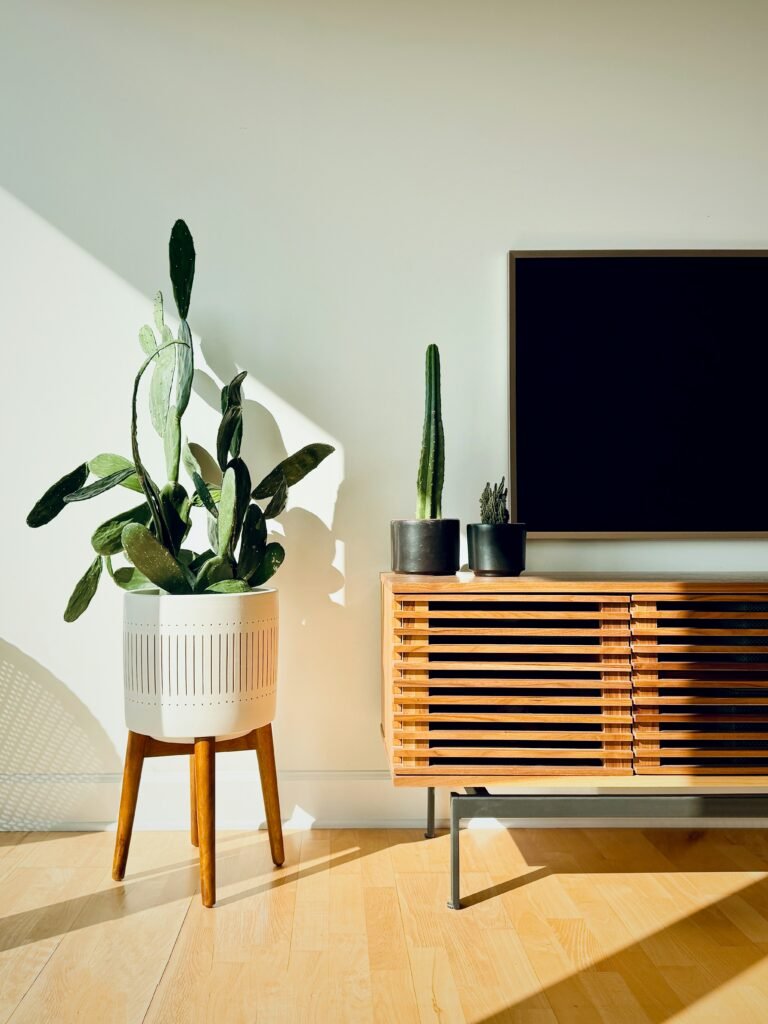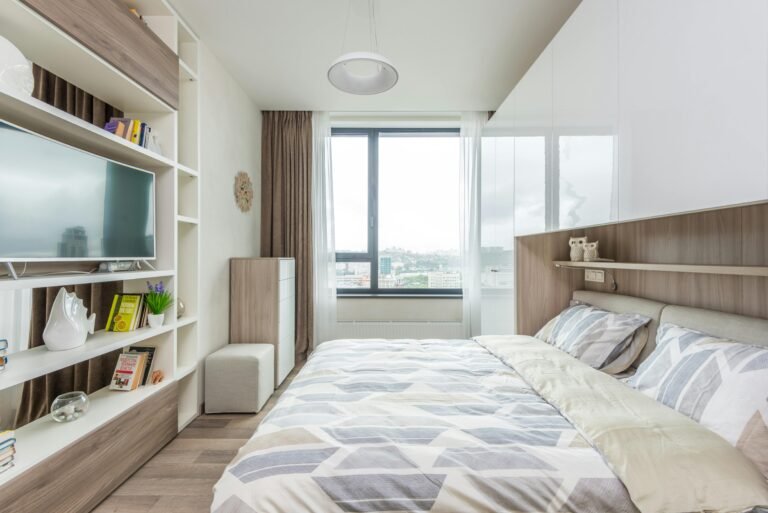Flower arranging is a timeless art form that allows us to bring the beauty of nature into our homes, creating vibrant, fragrant focal points that enliven any space. Whether you’re looking to create a simple bouquet for your kitchen table or an elaborate centerpiece for a special occasion, understanding the principles of floral design can help you craft arrangements that are both aesthetically pleasing and personally meaningful.
In this comprehensive guide, we’ll explore the art of flower arranging, covering everything from the basics of selecting and caring for flowers to advanced design techniques used by professional florists. By the end of this article, you’ll have the knowledge and inspiration to create stunning floral displays that reflect your personal style and enhance your living spaces.
The Basics of Flower Arranging
Before diving into complex designs, it’s essential to understand the fundamental principles that underpin all great floral arrangements.
Selecting Your Flowers
The first step in creating a beautiful arrangement is choosing the right flowers. Consider the following factors:
- Seasonality: Opt for flowers that are in season for better quality and affordability.
- Longevity: Choose flowers with different blooming times to ensure your arrangement stays fresh longer.
- Color Palette: Select flowers that complement each other and your home’s decor.
- Texture: Mix flowers with different textures for visual interest.
- Fragrance: Consider the scent of your chosen flowers and how they’ll interact.
Pro tip: Don’t be afraid to mix store-bought flowers with foraged greenery or flowers from your own garden for a unique, personalized look.
Essential Tools for Flower Arranging
Having the right tools on hand will make the arranging process much easier:
- Sharp Scissors or Floral Shears: For clean cuts that won’t crush stems.
- Floral Tape: Useful for creating grids on vases or securing stems.
- Floral Wire: For supporting delicate stems or creating structure.
- Flower Food: To extend the life of your cut flowers.
- Various Vases and Containers: Different shapes and sizes for various arrangements.
- Floral Foam or Eco-Friendly Alternatives: For creating structure in large arrangements.
Basic Floral Design Principles
Understanding these principles will help you create balanced, visually appealing arrangements:
- Proportion: The arrangement should be about 1.5 to 2 times the height of the container.
- Balance: Distribute colors and flower types evenly throughout the arrangement.
- Focal Point: Create a central area of interest to draw the eye.
- Rhythm: Use repetition of colors or flower types to create visual flow.
- Unity: Ensure all elements work together harmoniously.
Flower Care and Preparation
Proper care and preparation of your flowers are crucial for creating long-lasting arrangements.
Cutting and Conditioning Flowers
- Cut Stems at an Angle: This increases the surface area for water uptake.
- Remove Lower Leaves: Leaves below the waterline can promote bacterial growth.
- Condition in Warm Water: Allow flowers to drink for a few hours before arranging.
- Recut Stems Every Few Days: To maintain water uptake and extend vase life.
Extending the Life of Your Arrangements
- Use Clean Vases: Thoroughly clean vases between uses to prevent bacterial growth.
- Change Water Regularly: Replace water every 2-3 days, or when it becomes cloudy.
- Keep Away from Heat Sources: Avoid placing arrangements near radiators or in direct sunlight.
- Remove Dying Flowers Promptly: To prevent ethylene gas from affecting other blooms.
Pro tip: Add a few drops of bleach to the vase water to inhibit bacterial growth and extend the life of your flowers.
Different Styles of Flower Arranging
There are many different approaches to flower arranging, each with its own unique aesthetic and principles.
Traditional Symmetrical Arrangements
- Characteristics: Formal, balanced, often triangular or dome-shaped.
- Suitable for: Classic interiors, formal events, traditional settings.
- Key Techniques: Use odd numbers of flowers, create a clear focal point, maintain symmetry.
Modern Asymmetrical Designs
- Characteristics: Unconventional, artistic, often featuring negative space.
- Suitable for: Contemporary homes, art galleries, minimalist settings.
- Key Techniques: Use unexpected containers, incorporate unique materials, embrace asymmetry.
Ikebana: Japanese Flower Arranging
- Characteristics: Minimalist, symbolic, focused on line and form.
- Suitable for: Zen-inspired spaces, meditation areas, contemplative settings.
- Key Techniques: Use minimal materials, focus on the spaces between elements, consider the spiritual aspect of arranging.
Wildflower and Garden-Style Arrangements
- Characteristics: Natural, loose, romantic, often featuring a mix of flowers and foliage.
- Suitable for: Rustic interiors, outdoor events, casual settings.
- Key Techniques: Use a variety of flower types and sizes, allow for natural movement, embrace imperfection.
Color Theory in Floral Design
Understanding color theory can help you create harmonious and impactful arrangements.
Color Wheel Basics
- Complementary Colors: Opposite on the color wheel, create high contrast (e.g., purple and yellow).
- Analogous Colors: Adjacent on the color wheel, create harmony (e.g., blue, purple, and pink).
- Monochromatic: Various shades and tints of a single color.
Creating Mood with Color
- Warm Colors (reds, oranges, yellows): Energetic, passionate, welcoming.
- Cool Colors (blues, greens, purples): Calming, refreshing, sophisticated.
- Pastel Tones: Soft, romantic, soothing.
- Bold, Saturated Colors: Dramatic, festive, attention-grabbing.
Pro tip: When in doubt, look to nature for color inspiration. Natural color combinations are often unexpectedly beautiful and harmonious.
Seasonal Flower Arranging
Embracing seasonality in your arrangements can create a strong connection to the natural world and often results in more sustainable practices.
Spring Arrangements
- Key Flowers: Tulips, daffodils, cherry blossoms, peonies.
- Color Palette: Pastels, fresh greens, soft pinks.
- Style: Light, airy arrangements that celebrate new growth.
Summer Bouquets
- Key Flowers: Sunflowers, dahlias, zinnias, cosmos.
- Color Palette: Bright, bold colors, warm tones.
- Style: Lush, abundant arrangements full of texture and variety.
Fall Floral Displays
- Key Elements: Chrysanthemums, dahlias, foliage, berries.
- Color Palette: Rich jewel tones, oranges, deep reds.
- Style: Incorporate seasonal elements like gourds or branches.
Winter Arrangements
- Key Elements: Evergreens, holly, forced bulbs, dried elements.
- Color Palette: Whites, silvers, deep greens, touches of red.
- Style: Focus on textures and forms, incorporate non-floral elements.
Advanced Flower Arranging Techniques
Once you’ve mastered the basics, try these advanced techniques to elevate your arrangements.
Creating Structure Without Floral Foam
- Chicken Wire: Create a ball or dome inside the vase to hold stems in place.
- Tape Grid: Use clear floral tape to create a grid across the top of the vase.
- Twig Matrix: Create a natural support structure using crossed twigs or branches.
Working with Unusual Containers
- Repurposed Objects: Use vintage tins, teapots, or even books as unique vases.
- Natural Containers: Hollow out fruits or vegetables for unexpected arrangements.
- Suspended Arrangements: Create hanging designs using test tubes or small vases.
Incorporating Non-Floral Elements
- Fruits and Vegetables: Add pomegranates, artichokes, or citrus for unexpected texture.
- Feathers and Branches: Incorporate natural elements for height and interest.
- Crystals or Stones: Add a touch of earthiness or spiritual significance.
Sustainable Flower Arranging Practices
As awareness of environmental issues grows, many florists and enthusiasts are adopting more sustainable practices.
Eco-Friendly Flower Sourcing
- Local and Seasonal: Choose flowers grown locally and in season to reduce transportation emissions.
- Organic Flowers: Opt for blooms grown without harmful pesticides.
- Foraged Materials: Incorporate responsibly foraged wildflowers and greenery.
Sustainable Design Practices
- Avoid Floral Foam: Use biodegradable alternatives like moss or natural support structures.
- Reuse and Recycle: Clean and reuse vases, containers, and floral mechanics.
- Compost: Turn spent flowers and greenery into nutrient-rich compost for your garden.
Creating Long-Lasting Arrangements
- Dried Flower Arrangements: Create beautiful displays that last for months or even years.
- Pressed Flower Art: Preserve flowers in frames or between glass for long-term enjoyment.
- Living Plant Arrangements: Incorporate potted plants or succulents that can be replanted.
Flower Arranging for Special Occasions
Different events call for different styles of arrangements. Here are some tips for common occasions:
Wedding Flower Arrangements
- Bridal Bouquets: Consider the dress style, wedding theme, and personal preferences.
- Centerpieces: Create designs that allow for conversation across the table.
- Ceremony Flowers: Design impactful arrangements that photograph well.
Holiday Floral Displays
- Christmas: Incorporate evergreens, pinecones, and traditional red and green colors.
- Easter: Use spring flowers in pastel hues, perhaps incorporating egg or nest motifs.
- Thanksgiving: Create abundant cornucopia-style arrangements with fall flowers and foliage.
Sympathy and Funeral Flowers
- Consider Cultural Traditions: Different cultures have varying customs for funeral flowers.
- Choose Appropriate Colors: White for purity, pink for admiration, blue for peace.
- Create Lasting Tributes: Consider arrangements that can be easily transported or planted.
Conclusion
The art of flower arranging is a joyful and rewarding pursuit that allows us to bring the beauty of nature into our homes and express our creativity. From understanding the basics of flower selection and care to mastering advanced design techniques, there’s always something new to learn and explore in the world of floral design.
As you continue your flower arranging journey, remember that practice and experimentation are key to developing your skills and finding your unique style. Don’t be afraid to break the rules, try new combinations, and let your personality shine through in your arrangements.
Whether you’re creating a simple bouquet to brighten your kitchen table or designing elaborate centerpieces for a special event, the principles and techniques we’ve explored in this guide will help you create stunning floral displays that delight the senses and lift the spirit.
So go ahead, gather some blooms, and let your creativity blossom. With each arrangement you create, you’ll be bringing a piece of nature’s beauty into your world and sharing that joy with others.
Ready to start your flower arranging journey? Check out this vase set to begin creating your own stunning floral displays: https://amzn.to/4gXzUt1
As an Amazon Associate I earn from qualifying purchases.
Explore this topic: Nature
Last updated on August 7, 2025








